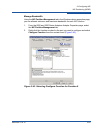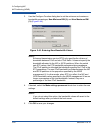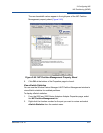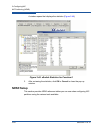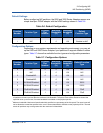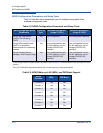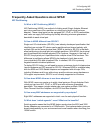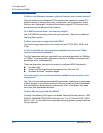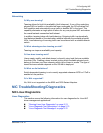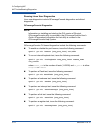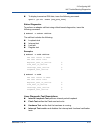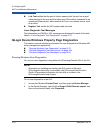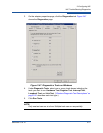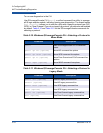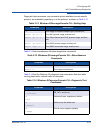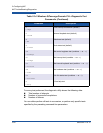
2–Configuring NIC
NIC TroubleShooting/Diagnostics
SN0054671-00 B 2-73
Networking
Q: Why use teaming?
Teaming allows for high link availability (fault tolerance). If one of the underlying
physical NICs is broken or its cable has been unplugged, the OS will detect the
fault condition and automatically move traffic to another NIC in the bond. This
capability eliminates a single point of failure for any one physical NIC and makes
the overall network connection fault tolerant.
In addition, teaming helps with load balancing. Outgoing traffic is automatically
load balanced based on the destination address between the available physical
NICs. Load balancing of incoming traffic can be achieved with a suitable network
switch.
Q: What advantages does teaming provide?
Teaming can improve availability and capacity.
Q: How does teaming work?
Users create, modify, and delete teams (or bonds) using tools that are available
from their OSs. Creating a team involves picking which available physical ports
belong to the team, and then choosing which type of team to create. The type of
teams that are available depends on the OS that is deployed.
Q: What are its limitations?
Switch-dependent teaming is not currently supported whenever iSCSI or FCoE is
enabled on the partition.
Q: Is WoL supported?
No, WoL is not supported on the 8200 and 3200 Series Adapters.
NIC TroubleShooting/Diagnostics
NIC Linux Diagnostics
Linux Diagnostics
This section covers the following information for user diagnostics for Linux NIC
driver management applications:
“Running Linux User Diagnostics” on page 2-74
“Linux Diagnostic Test Descriptions” on page 2-75
“Linux Diagnostic Test Messages” on page 2-76



